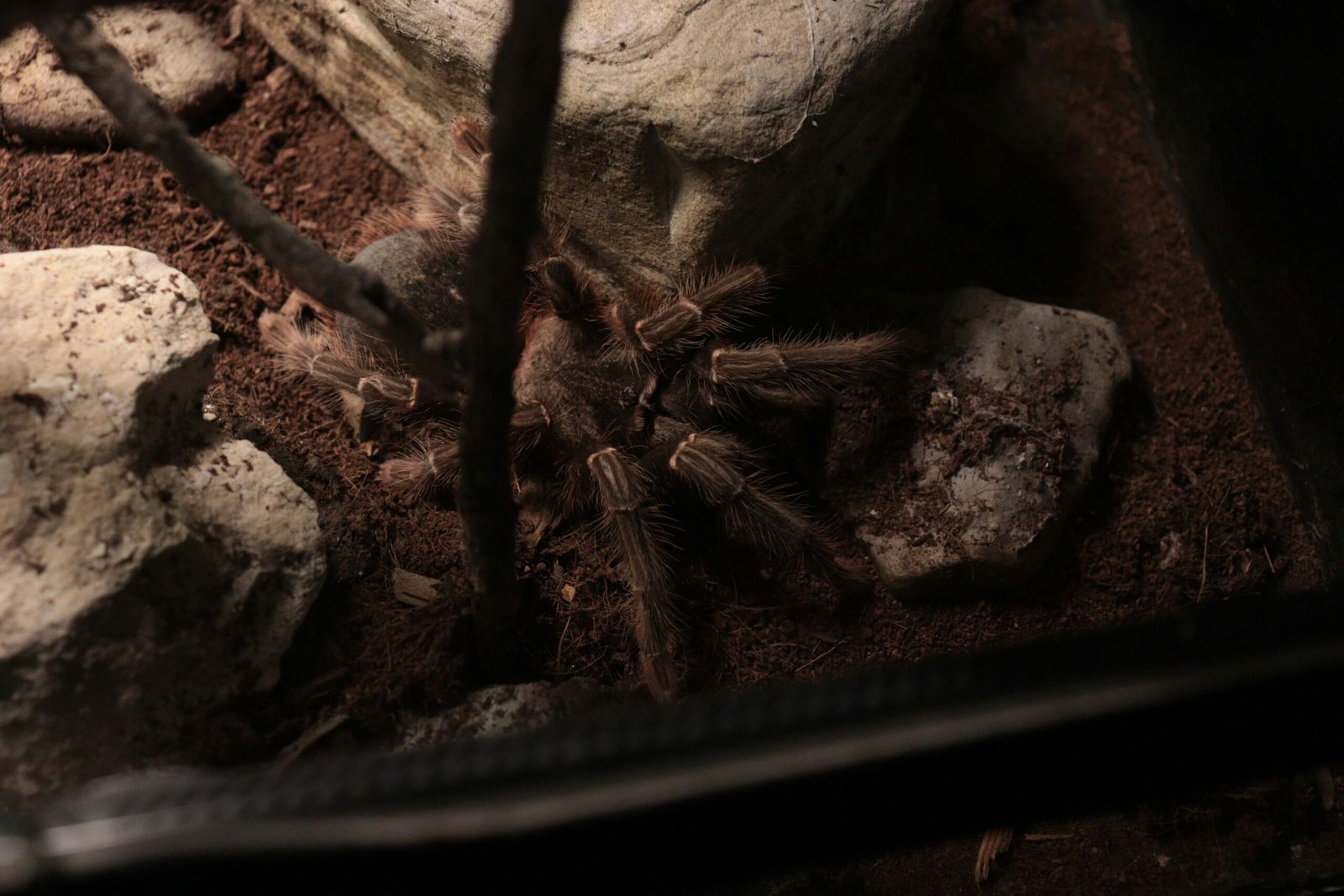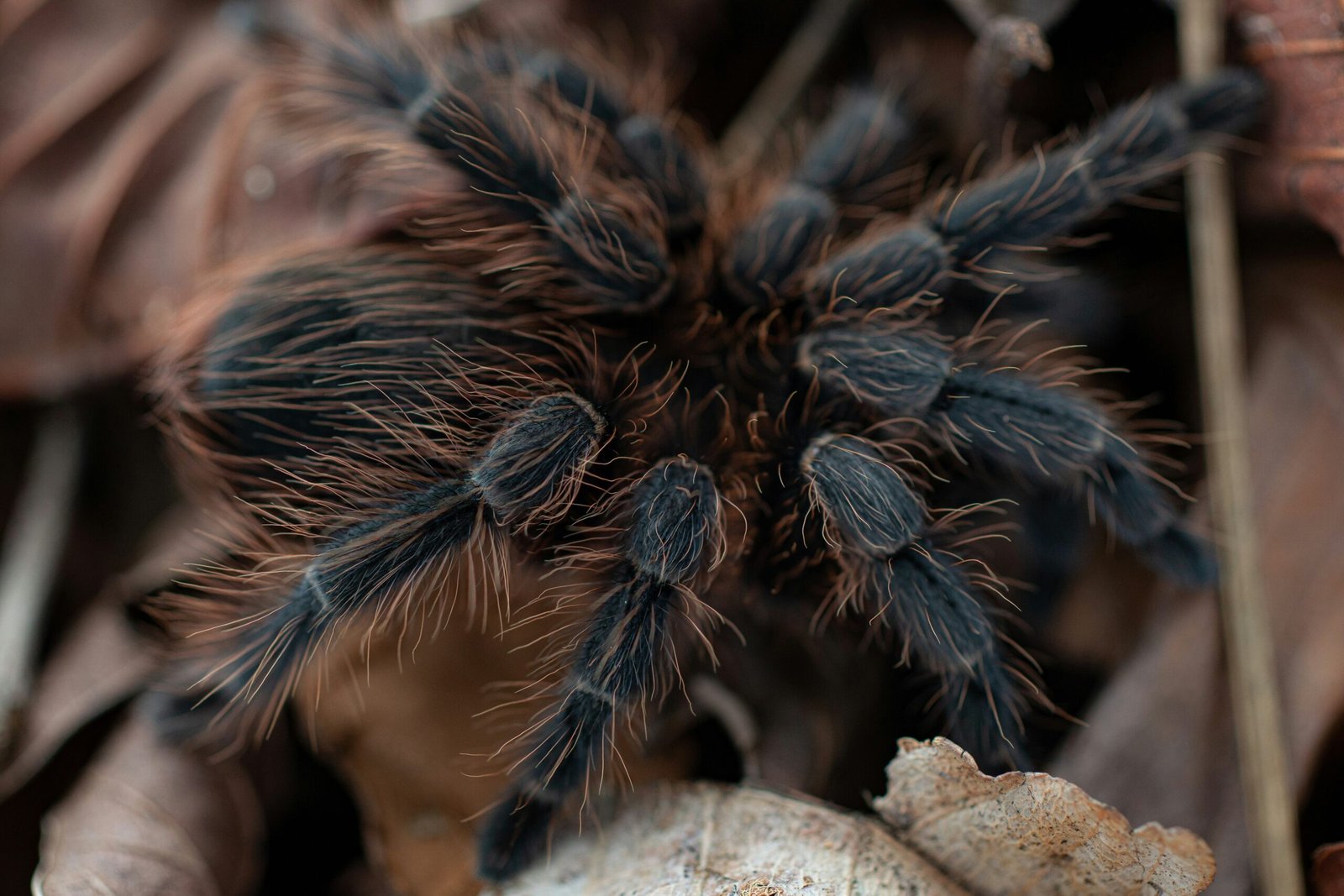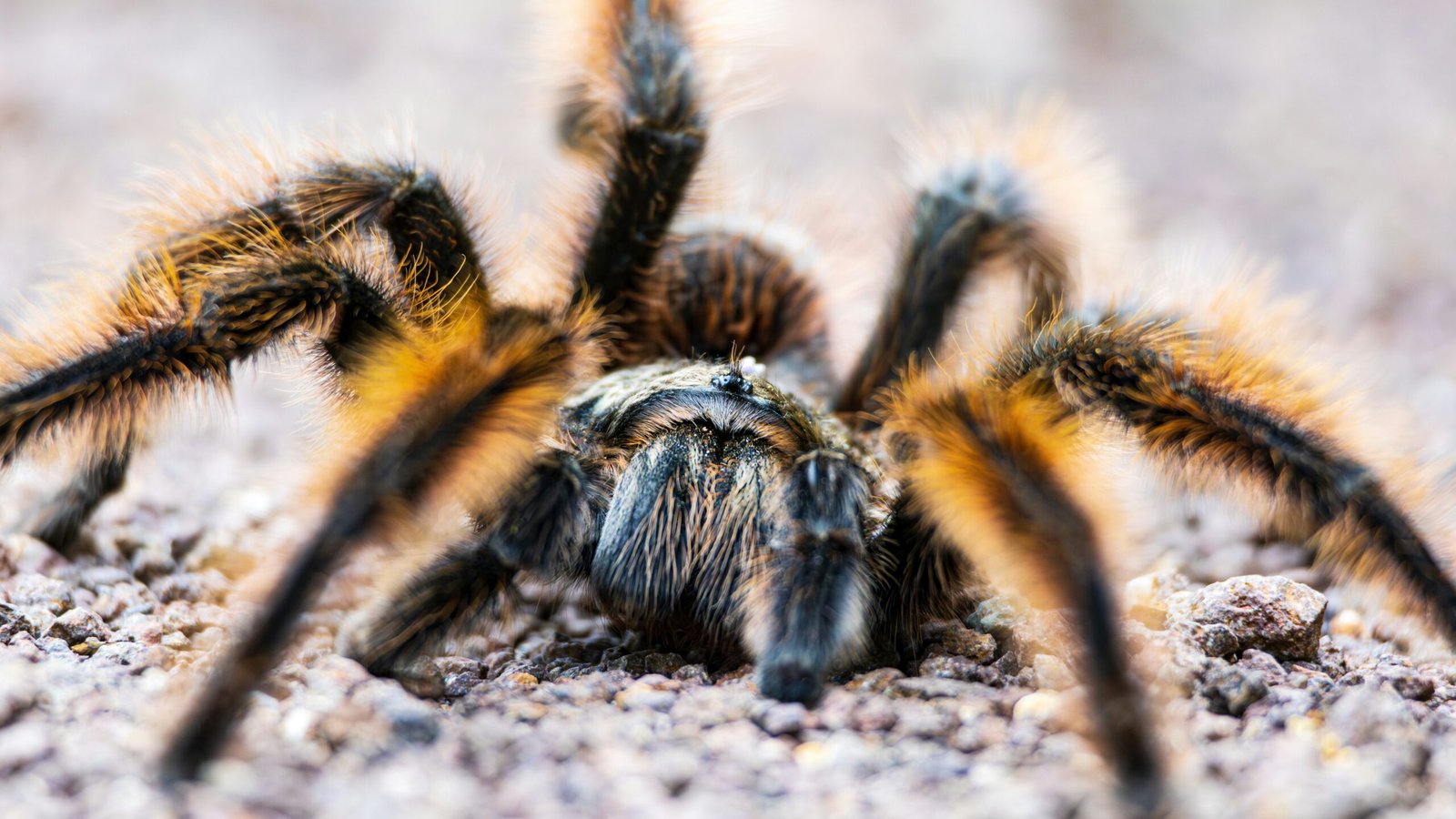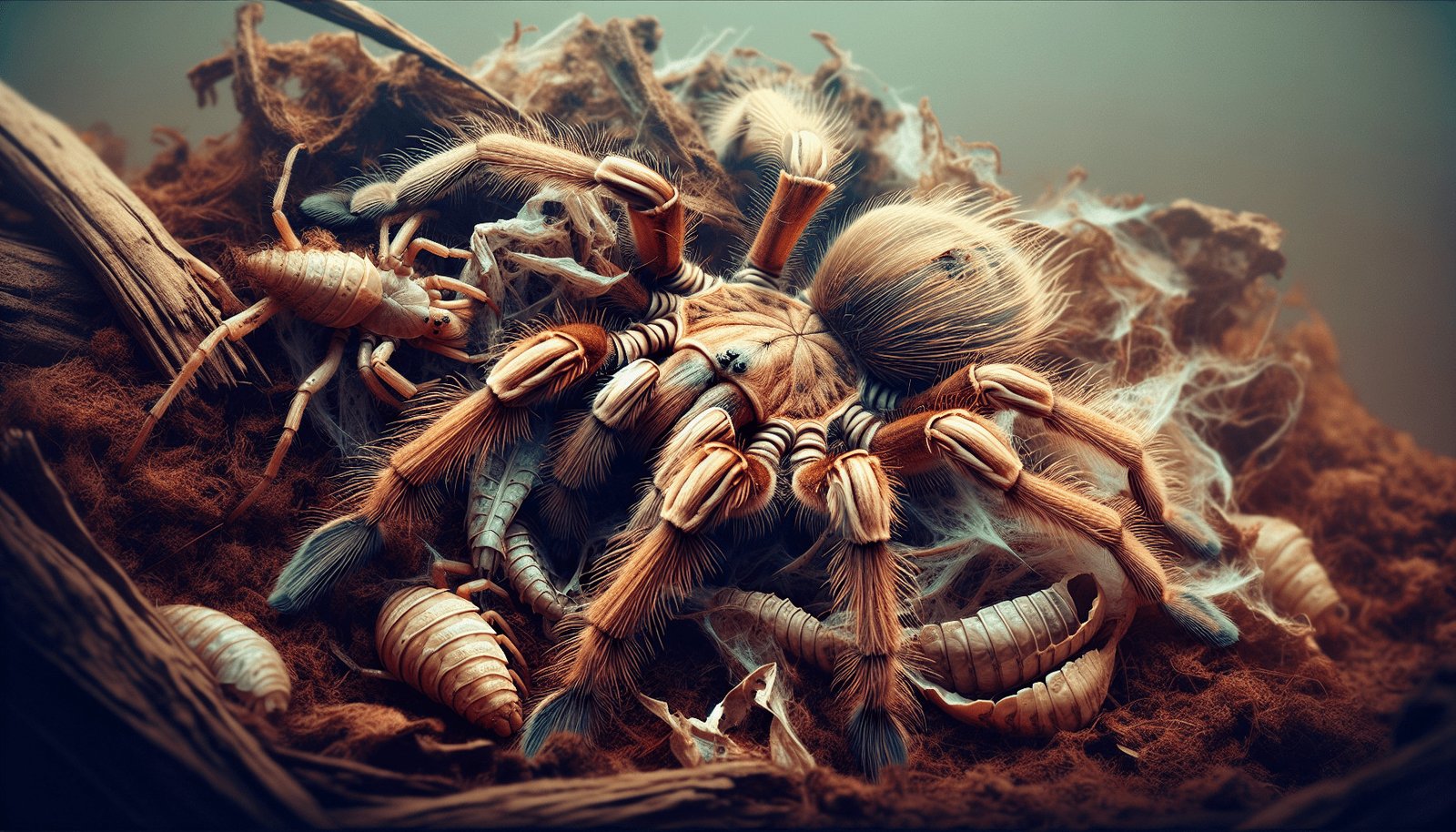Have you ever found yourself staring at your tarantula communal habitat, filled with a mix of fascination and concern, wondering how to best manage aggression during the sensitive molting period? If so, you’re not alone! Keeping tarantulas in a communal setup poses unique challenges, particularly as these fascinating creatures undergo their periodic molts. But fear not, understanding how to manage this situation can enhance your tarantula-keeping experience. Let’s focus on addressing the aggression that might arise in a communal environment during this critical time.
Understanding Tarantula Molting
Molting is an essential process in a tarantula’s life, allowing them to grow and renew their exoskeleton. As tarantulas grow, their rigid exoskeleton does not expand, so they must shed it periodically and form a new one. This necessary process, while fascinating, can also leave tarantulas extremely vulnerable.
Why Molting is a Sensitive Time
During molting, tarantulas are rigorously shedding their old exoskeleton and growing a new, larger one. This procedure leaves them soft and defenseless for a period, which can span from a few hours to several days. The molting process demands a calm and undisturbed environment, free from threats and aggression more commonly found in communal setups.
Signs of an Impending Molt
Understanding when a tarantula is about to molt helps prepare the communal environment and prevent aggression. Common signs include a decrease in appetite, a duller coloration of the tarantula, and the formation of a molt mat—a silken area where they will eventually flip over to molt.
Communal Setup Challenges
Keeping multiple tarantulas together poses certain challenges, especially around the time of molting. While communal setups can create a dynamic environment and are sometimes seen as a space-saving arrangement, they require careful understanding and management to work well.
Potential for Aggression
Aggression often arises in communal setups because of competition for resources, such as food and territory. When one or more tarantulas are molting, these usual pressures can become more pronounced as the molting individual becomes a tempting yet provocative presence for others.
Territory and Hierarchy
In a communal environment, hierarchy and territorial instincts can lead to conflict, especially when residents are stressed or feel their space is being infringed upon. Knowing which species or individuals are likely to express aggressive behaviors can help devise strategies to mitigate these instances.

Preparing for Molting in a Communal Setup
To successfully manage aggression during molting in a communal setup, preparation is key. Organizing and customizing the habitat prior to any potential molting events is crucial for maintaining harmony and safety.
Adequate Space and Environment
Ensure that the communal environment offers ample space for each tarantula. Each spider having its territory helps mitigate stress and aggression. This means providing adequate space for each member and plenty of hides to retreat into.
Monitoring and Observation
Regularly observe each tarantula for signs of an impending molt and behavior indicative of stress or aggression. Enhanced attention allows timely intervention, such as gently separating individuals or providing additional hiding spaces.
Managing Aggression During Molting
When molting is imminent or underway, distinct strategies are necessary to avert aggression and ensure the safety of your tarantulas.
Temporary Isolation
In some cases, temporarily isolating a tarantula that is about to molt could be beneficial to ensure its safety. This involves gently moving the individual to a separate, equally comfortable habitat until the molt is complete and the new exoskeleton has hardened sufficiently.
Meal Management
Proper management of feeding schedules can also reduce the likelihood of aggression. Offering adequate food ahead of a molting event ensures that all members are well-fed and less likely to display aggressive feeding behavior when other individuals are in a vulnerable molting state.

Post-Molt Care in a Communal Setup
After a molt, it’s crucial to monitor the communal habitat to ensure ongoing safety and harmony. Following appropriate care measures post-molt ensures your tarantulas recover robustly and the communal environment remains balanced.
Observation and Reintroduction
Once a tarantula completes its molt, careful observation is key to determine the right time for reintroduction if isolation was necessary. Reintroduction should be a gradual process, ensuring the rehabilitated tarantula is not showing signs of vulnerability.
Maintaining a Balanced Habitat
Continuously maintaining a balanced habitat by providing enrichment, varied substrate, and consistent environmental conditions promotes peaceful cohabitation. Enhanced enrichment options can help in reducing stress and aggression among the tarantula residents.
Regular Health Checks
Routine health checks and evaluations for injury or stress after molting ensure early intervention. Any sign of injury or abnormal behavior should prompt further investigation to prevent potential escalation.
Tips for a Peaceful Communal Setup
Achieving harmony in a communal setup requires more than just adequate preparation for the molting process. Following some general tips can foster a consistently peaceful and stress-free environment.
Species Selection
Choosing compatible species or individuals with similar temperaments is a foundational step in promoting peace in a communal habitat. Some tarantula species naturally tolerate living together, while others may exhibit more aggressive tendencies when crowded.
Consistent Environmental Parameters
Keeping environmental parameters like temperature, humidity, and lighting consistent assists in lowering stress levels. Regularly adjust these according to the needs of different species or based on observations of the specific communal dynamics.
Enrichment and Interaction
Providing various forms of enrichment helps keep tarantulas stimulated and less prone to engaging with each other aggressively. Consider adding new climbing structures, varied terrain, or interactive feeding routines to maintain engagement and reduce boredom.

Troubleshooting Common Issues
Even with preparation, you may face unexpected challenges. Identifying and addressing these issues promptly ensures the well-being of your tarantula colony.
Resolution of Conflicts
Even in well-prepared setups, disputes may occur. Techniques such as temporary isolation, habitat modification, or varying interaction dynamics can help resolve conflicts.
Timely Interventions
Implementing regular checks allows for responsive interventions when signs of stress or aggression emerge. If necessary, seek advice from other tarantula keepers or professionals who can offer additional insights specific to communal tarantula keeping.
Conclusion
While managing aggression in a communal setup of tarantulas during molting can seem daunting, armed with knowledge and strategic planning, you can create a harmonious environment for your fascinating arachnid friends. Ensuring ample space, monitoring behaviors, and intervening promptly can lead to a stable and enriching life for your tarantulas. Remember, each tarantula is unique, and understanding their individual and collective needs is crucial to maintaining peace in your communal habitat.

